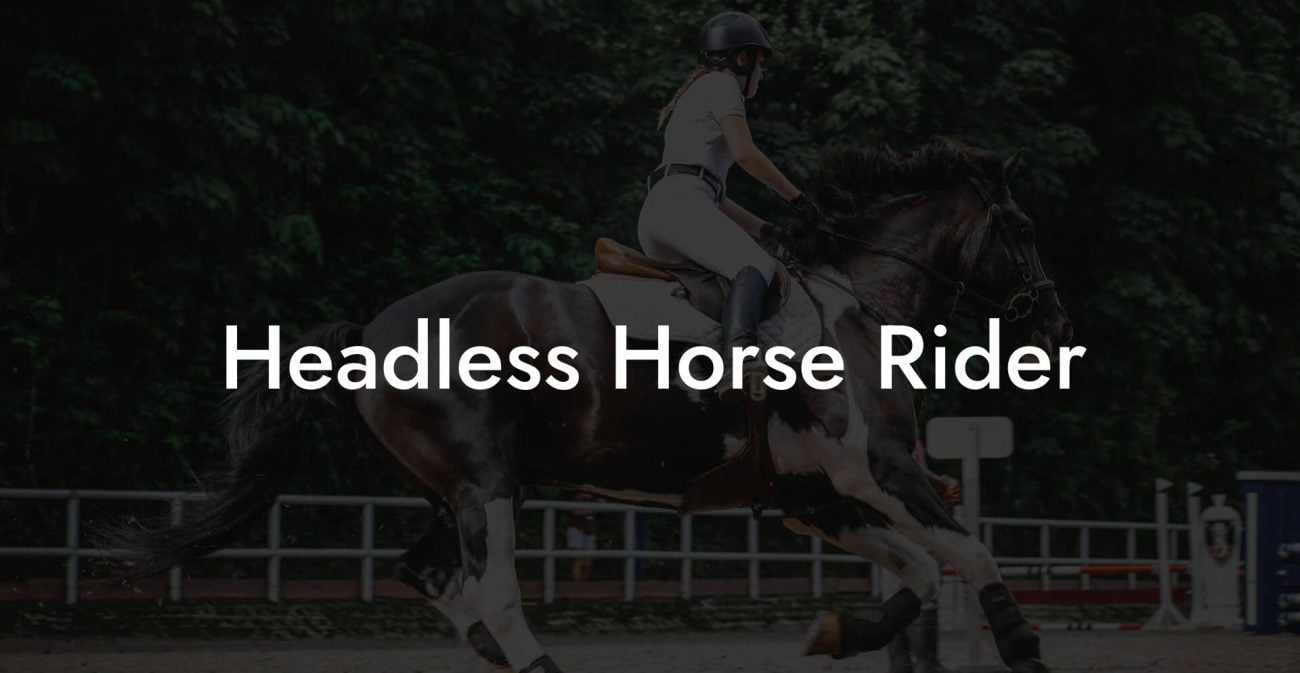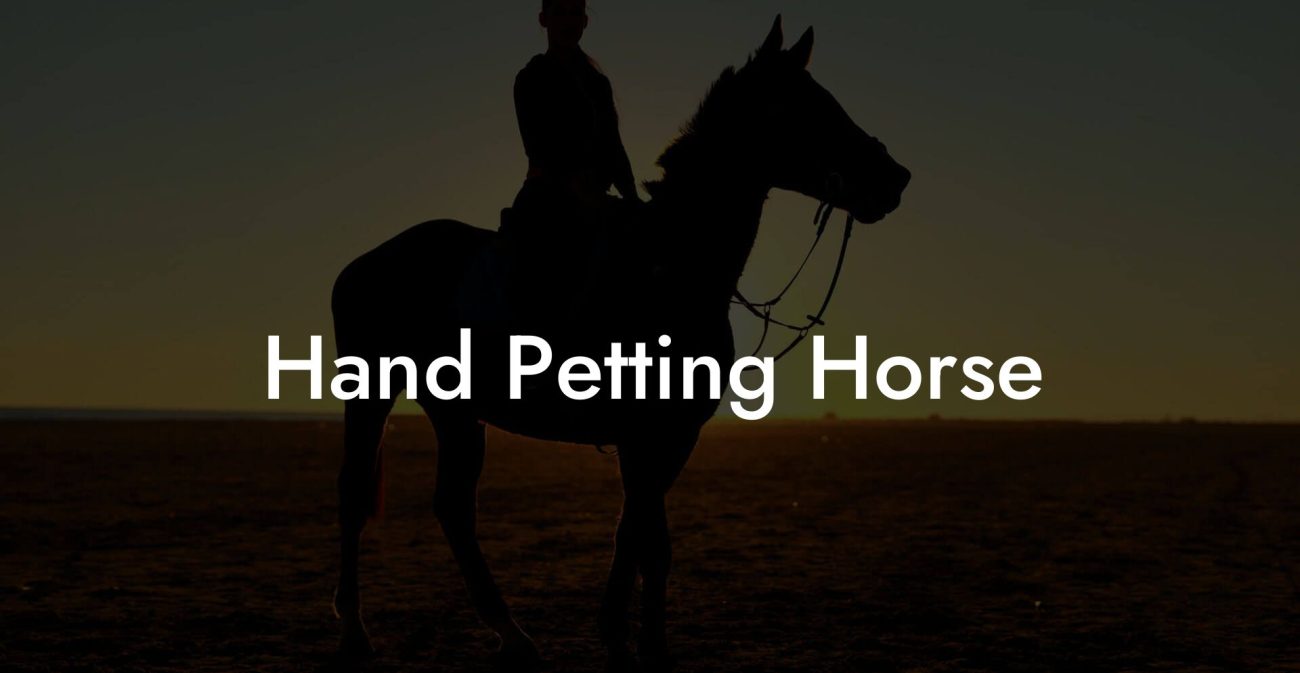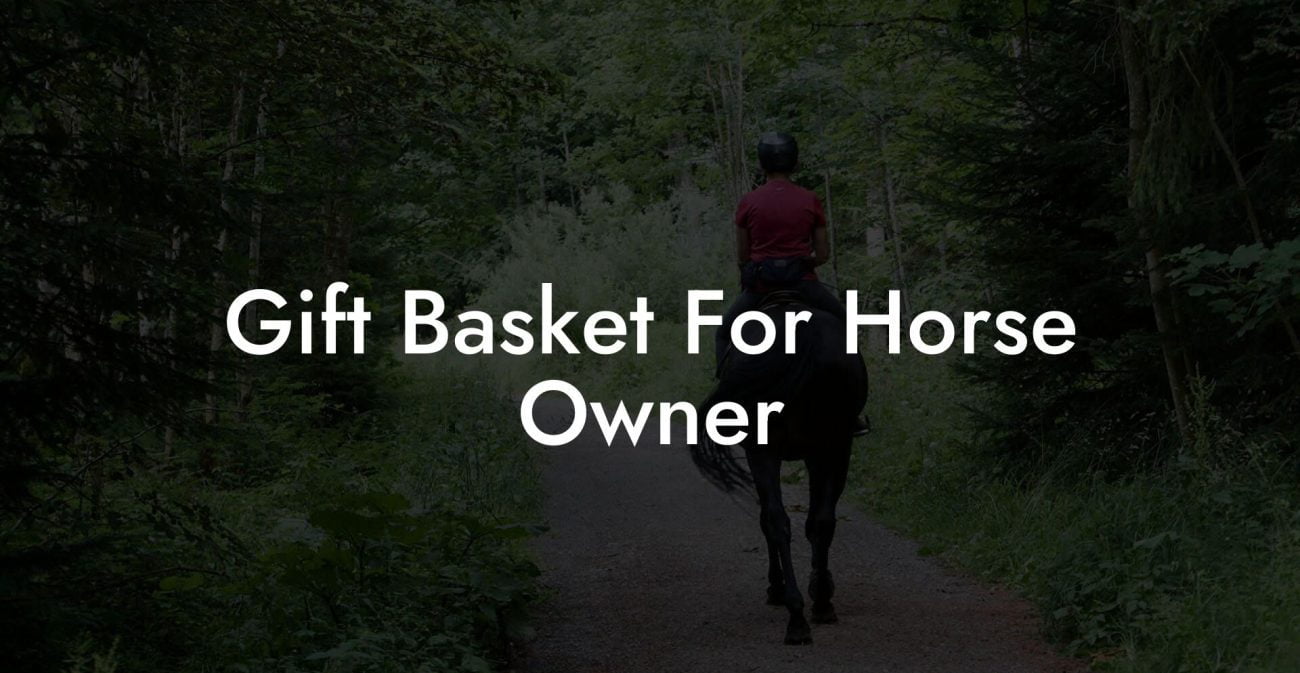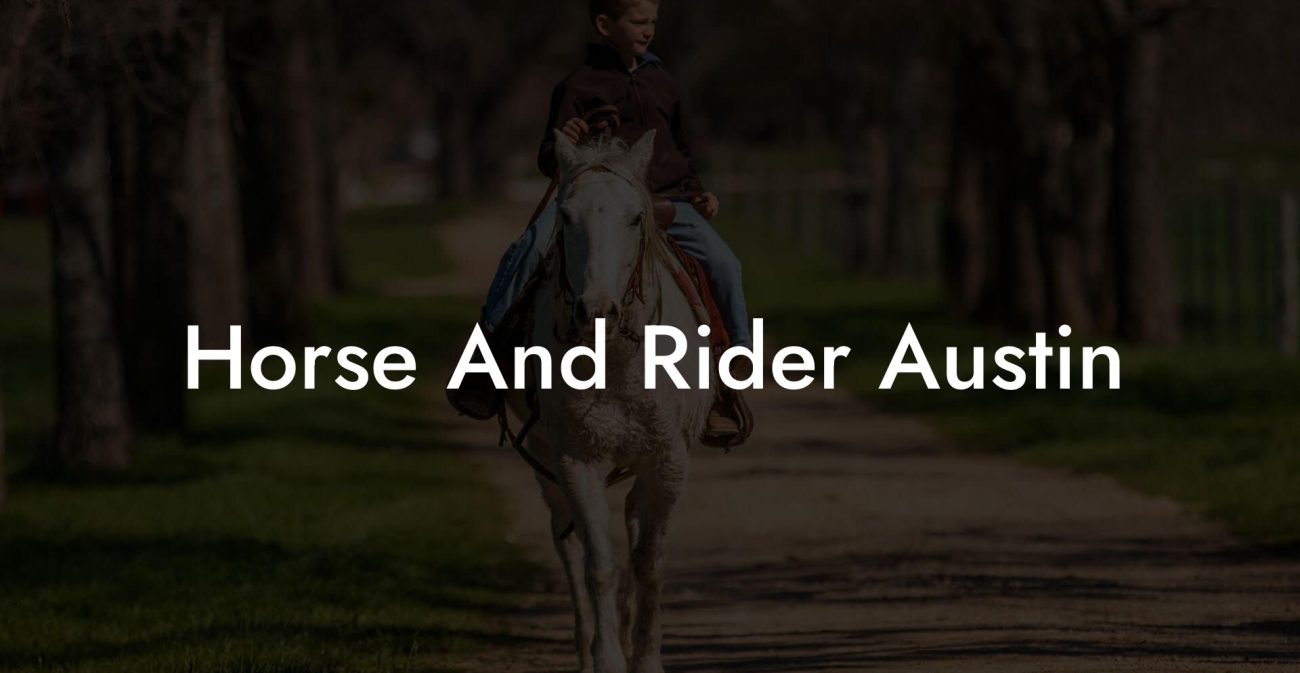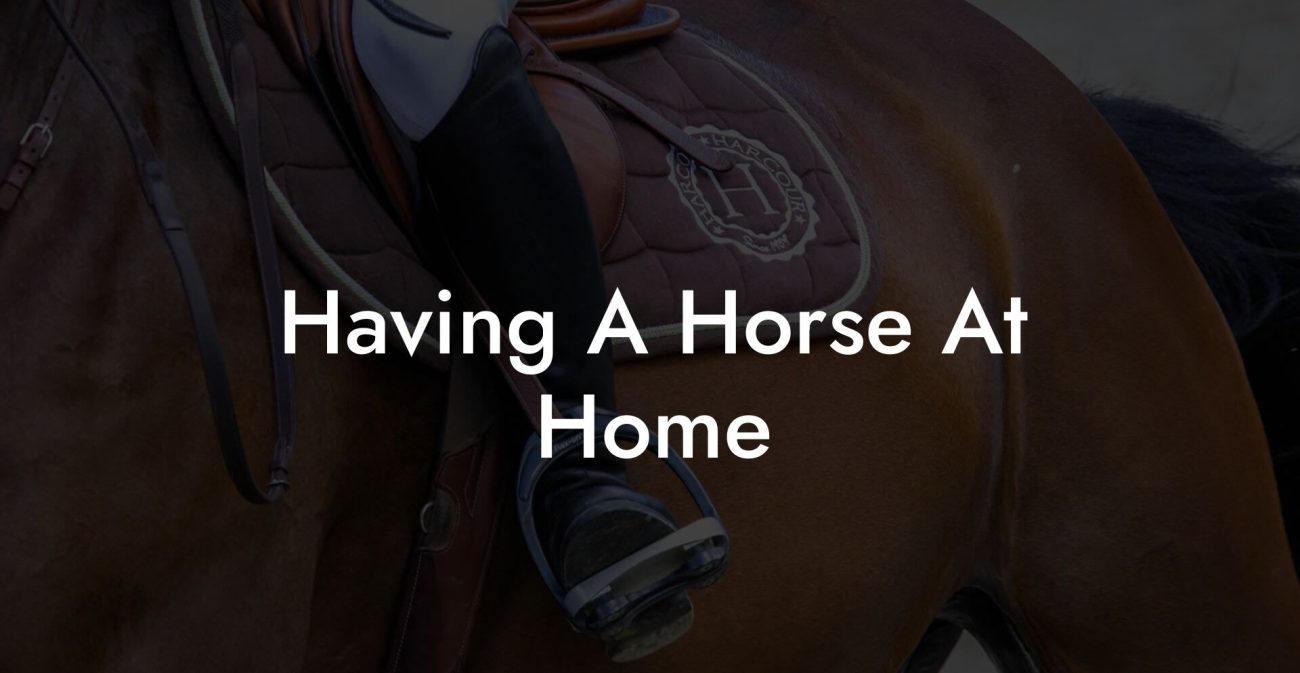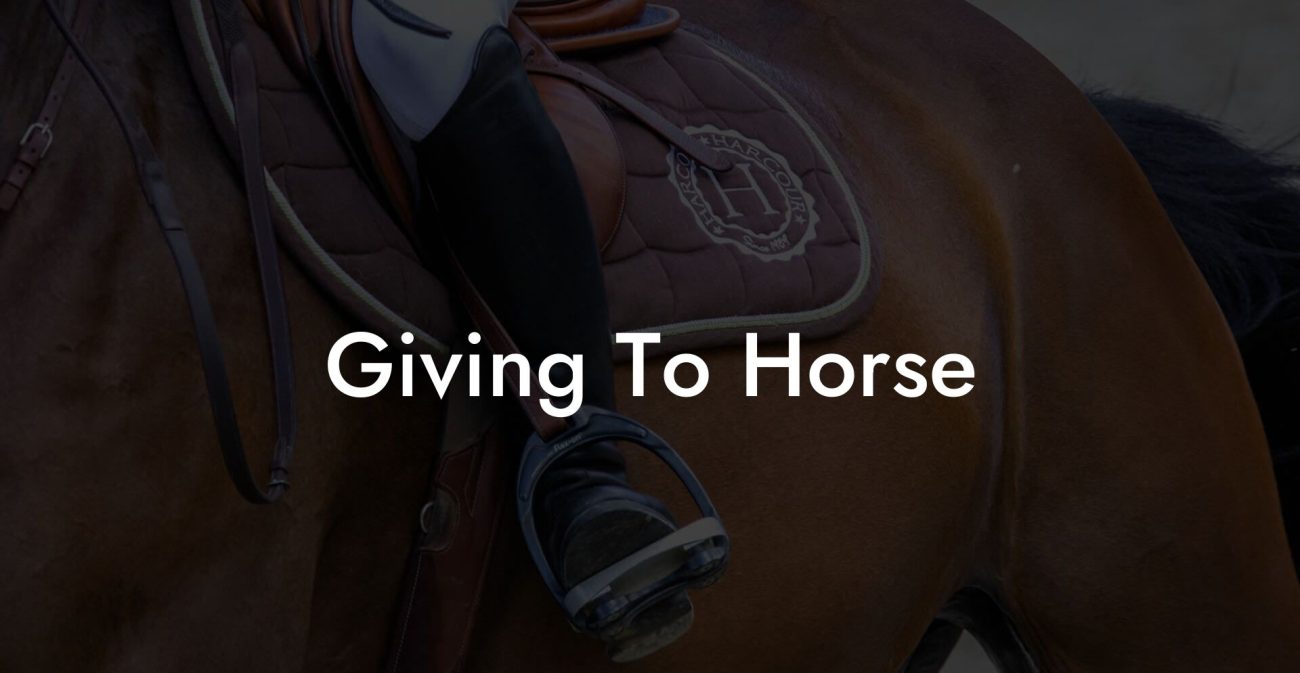Ever wondered why we measure horses in “hands” and not in feet, meters, or some other Earth-bound unit? Picture yourself in a bustling stable, smartphone in hand, ready to capture the perfect Insta shot of your majestic equine friend. But wait, how do you know if your horse is tall enough to join the cavalry of champions or just adorable enough to star in a viral clip? This deep dive into the quirky world of measuring horses in hands isn’t just about numbers, it’s about celebrating a time-honored tradition, demystifying outdated measurements, and empowering you to care for your horse like a true equine aficionado.
Quick Links to Useful Sections
- What Does “Hand” Actually Mean in Horse Measurement?
- The Origins and Evolution of the “Hand” Measurement
- How Is a Hand Measured? Breaking Down the Process
- Step 1: The Right Tools and Environment
- Step 2: Positioning is Everything
- Step 3: Converting Inches to Hands
- The Science Behind the “Hand”: Bridging Tradition and Modernity
- Caring for Your Horse: Why Knowing Its Hand Measurement Matters
- Tips and Tricks for Measuring Your Horse at Home
- 1. Use a Flexible Tape Measure
- 2. Enlist a Helper
- 3. Photograph for Accuracy
- 4. Be Mindful of Horse Behavior
- 5. Regular Re-Measurement
- Equine Measurement: Beyond the Hand
- Common Misconceptions About Hand Measurements
- Misconception #1: The Hand Isn't Scientific
- Misconception #2: Only Large Horses Are Measured in Hands
- Misconception #3: Digital Tools Have Rendered the Hand Obsolete
- Integrating Hand Measurements Into Modern Equine Care
- Resources and Community Support: Your Next Steps
- Frequently Asked Questions About Horse Measurement in Hands
- Your Journey to Mastering Equine Measurements and Horse Care
What Does “Hand” Actually Mean in Horse Measurement?
The term “hand” as a unit of measurement might seem as quirky as using “bananas” or “guitars” to gauge length, but it has a historical pedigree that dates back centuries. Essentially, one hand is defined as four inches. While it might sound arbitrary, this unit has deep roots in how humans have observed and celebrated the anatomy of horses. Since hands are roughly the width of an adult’s hand, early horse enthusiasts used their very own hands as the measuring stick, making it a practical approach before the reign of the metric system.
Today, horse enthusiasts, breeders, and riders continue to use hands as not only a nod to tradition but also because it offers a quick, handy (pun intended) way to communicate a horse’s size. Whether you’re bragging about your champion mare’s height on social media or trying to figure out if your pony fits in the stable, the “hand” remains an indispensable unit.
Integrating this classic measurement method into modern horse care provides you with a sense of connection to generations past, while keeping your social media captions fresh and engaging. So, next time someone asks, “How tall is your horse?” you can confidently reply in hands and let them in on the historical charm behind this unique measure!
The Origins and Evolution of the “Hand” Measurement
The concept of measuring a horse in “hands” dates back to ancient civilizations and medieval times. Back when precision instruments were a luxury and markets bustled with barter trades, using parts of the human body was an intuitive way to gauge size. The width of an outstretched hand, approximately four inches, became a standardized unit over time, eventually formalized in England and adopted by various other cultures.
As global commerce expanded and scientific measurement systems took shape, the hand was eventually defined more precisely as four inches. Despite the arrival of more rigorous metric and imperial systems, the hand maintained its popularity within equestrian circles. Its enduring usage is a testament to the ease of visual assessment and the tradition that many horse enthusiasts hold dear.
Imagine you’re at a modern horse show where tradition mingles with technology. While digital calipers and laser measurement devices might be available, many trainers and judges prefer the charm and simplicity of a traditional hand measurement. This blend of old-world charm and new-age technique is a perfect example of how we can embrace the best of both worlds, a little bit of nostalgia wrapped up in practical, everyday use.
How Is a Hand Measured? Breaking Down the Process
Measuring a horse properly is both an art and a science. It might sound daunting at first glance, but with a few simple steps (and some modern Instagram-worthy tips), you too can become proficient in assessing your horse’s height in hands.
Step 1: The Right Tools and Environment
All you really need is a measuring stick marked in inches (or a handheld measuring tape), and a partner who’s got a steady arm for holding your horse in place. If you’re out in the field, make sure you have a level surface and a friendly, cooperative horse. The goal is a measurement that reflects the true height from the ground to the highest point of the horse’s withers.
Step 2: Positioning is Everything
The measurement should be taken from the ground to the withers, the ridge between the shoulder blades. This is the most consistent and accurate point on the horse’s back, unaffected by how much your horse might be slouching or stretching. For those who are new to this, imagine it as measuring from the base of a mountain to its peak, but in a much more accessible and hands-on way.
Step 3: Converting Inches to Hands
Since one hand equals four inches, the process is pretty straightforward. For example, if your horse measures 64 inches at the withers, dividing this number by four gives you 16 hands. Always round to the nearest half-hand if needed, keeping the measurement precise yet fan-friendly.
This simple formula, total inches ÷ 4 = number of hands, ensures that you can translate your measurement into a term that resonates across the equine community. It’s both a nostalgic nod to traditional methods and a practical way to communicate your horse’s size.
The Science Behind the “Hand”: Bridging Tradition and Modernity
While the idea of a “hand” might seem whimsical, it underscores an interesting intersection between historical tradition and contemporary science. Horses are remarkable creatures whose size and proportions have been meticulously studied over the centuries. The measurement isn’t just arbitrary, it reflects the evolutionary traits and breeding practices that have shaped our equine companions.
In modern equine science, height measurements like these are crucial for understanding a horse’s health, structure, and suitability for various disciplines. For instance, a horse that measures off at 15 or 16 hands might be ideal for riding disciplines, while taller or shorter horses may excel in other specific roles. The simplicity of the hand measurement keeps this essential data accessible to everyone from seasoned breeders to first-time horse owners.
Moreover, the hand measurement transcends mere aesthetics. It has practical implications in areas such as saddle fitting, stable design, and even insurance assessments. As you can see, knowing your horse’s height in hands isn’t just about bragging rights, it’s integral to ensuring your horse lives in comfort and safety.
In an age where precision is prized, the hand offers an elegant blend of consistency and resolution. It’s a unit that has stood the test of time, bridging historical lore with cutting-edge equine healthcare and sporting excellence.
Caring for Your Horse: Why Knowing Its Hand Measurement Matters
Beyond academic curiosity, knowing your horse’s height in hands can have real-world implications on its care and overall well-being. For many horse owners, understanding this measurement is the first step toward informed decisions related to nutrition, exercise, and equipment fitting.
When it comes to feeding, for example, knowing your horse’s size helps determine its dietary needs. Larger horses might require a different caloric intake and nutritional balance compared to their smaller counterparts. Similarly, exercise regimens can be tailored based on the horse’s build, ensuring that workouts support joint health and muscle development without overexertion.
Even something as seemingly trivial as stable layout can benefit from an accurate hand measurement. The size of the stall, the placement of feed buckets, and the overall ergonomics of the barn are all influenced by the dimensions of your horse. Accurate measurements ensure that your horse enjoys a comfortable environment, and when your horse is happy, so are you!
Like choosing the perfect playlist for a long drive, measuring in hands might feel like a small detail, but it plays a pivotal role in enhancing your horse’s quality of life. By merging traditional knowledge with modern care practices, you’re not only upholding a time-honored custom but also taking a proactive step in horse care.
Tips and Tricks for Measuring Your Horse at Home
Not everyone has immediate access to a professional measuring device or a horse show environment. Luckily, measuring your horse at home is both fun and extremely practical. Whether you’re a Gen-Z equestrian influencer or a millennial hobbyist, these tips will help you nail the perfect measurement every time:
1. Use a Flexible Tape Measure
A flexible cloth or tailor’s tape measure is your best friend when it comes to capturing those precise inches from the ground to the withers. Make sure the measure is strapped or taped securely to avoid any accidental movement while your horse is being measured.
2. Enlist a Helper
Even if you’re a DIY enthusiast, a second set of hands, preferably another horse lover, is invaluable. A friend can help steady your horse, take the reading, or capture a video so you can review the measurement later.
3. Photograph for Accuracy
Snap a photo of the measuring process for record-keeping and to share with your trusted equine community online. Not only does this add a fun, social media-friendly element, but it also helps track growth progression for younger horses or compare changes after a rigorous training program.
4. Be Mindful of Horse Behavior
Horses can be skittish, especially when faced with something unfamiliar like a tape measure. Consider some calming techniques, speak softly, offer a treat, or let your furry friend get used to the measuring tool before you start.
5. Regular Re-Measurement
Horses grow, stray from their health routines, and occasionally gain a little extra muscle. For the most accurate care regimen, measure your horse periodically, especially if its diet or exercise program has changed.
With these tips in mind, you’ll be well-equipped to manage your horse’s measurements with precision, confidence, and plenty of style. After all, marrying traditional knowledge with innovative care is the hallmark of a modern, savvy horse owner.
Equine Measurement: Beyond the Hand
While the hand remains the go-to measurement for height, it’s just one of many ways to understand your horse’s physical dimensions. Other systems, like centimeters and inches, are used in different parts of the world, but the hand endures as a symbol of equestrian heritage.
There are even specialized tools, like laser measuring devices or digital calipers, that provide incredibly precise readings. Yet, despite these high-tech gadgets, nothing quite compares to the authenticity and charm of the hand measurement. It’s a reminder that sometimes, the simplest methods are the most effective.
Consider the hand as both a unit of measurement and a cultural artifact. Whether you’re discussing breeding prospects or admiring a beautifully proportioned show jumper, understanding the hand bridges a gap between the technical and the traditional, offering you a comprehensive view of your horse’s stature.
Moreover, knowing the limitations and strengths of different measurement systems and devices can help in scenarios where precise timing is crucial, like preparing for a horse show, ensuring that the saddle fits perfectly, or adjusting your barn layout for optimal comfort.
Common Misconceptions About Hand Measurements
With any age-old tradition, myths and misconceptions abound. Here are a few common misunderstandings about measuring horses in hands:
Misconception #1: The Hand Isn't Scientific
Although the idea may seem whimsical, the hand has been standardized to a precise measurement of four inches. This ensures consistency and reliability across all equestrian circles, from casual hobbyists to professional breeders.
Misconception #2: Only Large Horses Are Measured in Hands
From petite ponies to giant draft horses, almost every equine is measured in hands. This system applies universally, making it an ideal way to compare breeds and sizes without confusion.
Misconception #3: Digital Tools Have Rendered the Hand Obsolete
Sure, digital calipers and laser meters offer high precision, but many in the equestrian community still prefer the hand measurement for its historical relevance and ease of use. It’s a perfect blend of old-school charm and modern practicality.
Dispelling these misconceptions not only enhances your understanding but also empowers you to talk about your horse’s size with authority and confidence, whether you’re at a casual meetup or a high-stakes show.
Integrating Hand Measurements Into Modern Equine Care
For today’s horse owners, using hand measurements is more than just a nod to tradition, it’s an integral part of a broader strategy of comprehensive equine care. By incorporating this measurement tactic into your daily routine, you can better tailor your horse’s fitness regimen, dietary plan, and even stable maintenance.
When it comes to exercise and training, knowing your horse’s height in hands helps you select equipment that is a perfect fit. Whether it’s picking the ideal saddle, adjusting the stirrups, or even choosing the right type of bedding for its stall, precision matters. A well-fitted saddle, for example, offers not only comfort but also the assurance that your horse’s movements are supported during training and competitions.
Nutrition, too, plays a significant role when you understand the physical makeup of your horse. Taller horses require different proportions of feed compared to their smaller counterparts. By knowing their exact height, you can work with your vet or nutritionist to create a diet plan that optimizes energy, muscle growth, and overall health.
This integrative approach, merging traditional methods with modern equine science, ensures that every decision you make about your horse’s care is rooted in both historical wisdom and current best practices. It’s about looking at your horse as a complete being, where every inch (or hand) contributes to its overall vitality.
Resources and Community Support: Your Next Steps
Whether you’re a first-time horse owner or a seasoned equestrian, continuous learning and community support are your best friends. In today’s digital era, you have access to a variety of resources, from online forums and social media groups to local equestrian clubs, where you can exchange insights, discover innovative care techniques, and even snag a few laughs over the quirks of horse ownership.
Consider connecting with fellow enthusiasts on platforms like Instagram, TikTok, or specialized equine communities. Not only will you find practical advice on measuring your horse accurately, but you’ll also be inspired by stories, case studies, and tips that bridge the gap between traditional practices and contemporary insights.
There are also a plethora of online courses and webinars dedicated to equine science and horse care. From saddle-fitting workshops to nutrition seminars, these resources help you stay updated on the latest trends while honoring time-tested methods. Reach out to local stables, equestrian centers, or even your veterinarian for recommendations on reliable resources, the more you know, the better you can care for your horse.
Lastly, don’t underestimate the power of community events. Attend horse shows, join local riding clubs, and participate in breed gatherings. These occasions are not only perfect for expanding your network but also for gaining hands-on experience with the myriad ways to apply traditional measurements in everyday life.
Frequently Asked Questions About Horse Measurement in Hands
Get ready to have your burning questions answered about the quirky yet fascinating world of measuring horses in hands:
1. What exactly is a “hand” measurement?
A hand is a unit of measurement equal to four inches and is traditionally used to measure a horse’s height from the ground to the withers.
2. Why do we still use hands instead of inches or centimeters?
Despite the prevalence of the metric system, the hand remains popular due to historical tradition, ease of use, and its consistent application across various equine disciplines.
3. How do I accurately measure my horse using hands?
Begin by using a tape measure to record the height of your horse’s withers in inches, then divide that number by four. It’s best to have a friend help hold your horse steady for precise results.
4. Are there any digital tools that can replace the hand measurement?
While digital devices like laser measures offer high precision, many enthusiasts still prefer the hand measurement for its tradition and simplicity.
5. Does knowing my horse’s height really impact its care?
Absolutely. An accurate measurement helps tailor feeding plans, exercise routines, and equipment choices such as saddles and stables, ensuring overall better health and comfort.
6. How often should I measure my horse?
Especially for young or growing horses, regular measurement helps track growth and adjust care routines accordingly. Even mature horses can benefit from periodic checks to monitor health or changes in posture.
7. Is the hand measurement used worldwide?
While many countries use different measurement systems in other contexts, the hand remains a beloved unit in the equestrian world across many regions.
8. How do I convert a horse’s height from inches to hands?
Simply divide the height in inches by four. For example, a 64-inch tall horse is 16 hands.
9. Are there any tips for making my horse more cooperative during measurement?
Yes! Use calming techniques, treats, and ensure the environment is quiet and comfortable. A relaxed horse leads to more accurate readings.
10. Where can I learn more about traditional equine measurements?
Check out online equestrian communities, local horse clubs, or consult with a veterinarian who specializes in equine care. There are also numerous books and courses dedicated to all aspects of horse care and measurement.
Your Journey to Mastering Equine Measurements and Horse Care
Embracing the tradition of measuring horses in hands is about more than just sticking to an old custom, it’s a journey of discovery and care. By understanding and utilizing this unit, you’re not only connecting with a heritage that spans centuries but also empowering yourself with the knowledge to make informed decisions about your horse’s care.
Whether you’re planning to venture into competitive horse shows, refining your breeding program, or simply deepening your relationship with your animal companion, every measurement matters. With each precise hand you record, you’re building a profile of your horse that can guide everything from dietary choices to exercise routines, ensuring comfort and health in every step.
As you navigate this fascinating world, remember that every horse is unique. Embrace the individuality of your equine friend by integrating modern care techniques with traditional measurement practices. Together, they form the foundation of effective, empathetic horse care that is as rooted in historical wisdom as it is in contemporary science.
So, grab that tape measure, call up a friend, and start exploring the dimensions of your magnificent steed. Celebrate the charm of this age-old method while enjoying the benefits of modern equine care, a blend that ensures your horse stays happy, healthy, and always Instagram-ready.
Your journey to mastering horse care and measurements is an adventure filled with learning, laughter, and a profound connection to one of humanity’s oldest partnerships. Embrace every moment, and let tradition guide you toward a future of informed, compassionate, and dynamic equine management.


